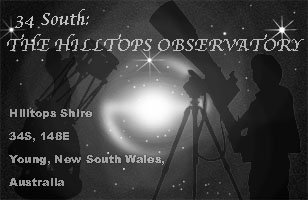Cold, windy, lots of clouds, also with veils in between. Rainy, snowy, typically November and December weather. Observers must be patient and wait for the sparse good moments. Is is good for let us say 1.5 hours? So out the 102 mm F5 grab-n-go!
At search magnification Uranus hardly distinguishes itself from nearby stars. At higher magnifications, one notices that he is more or less without movement. Only at 140X does one begin to notice that he is not surrounded by an diffraction ring like the point light source of a bright star. Although a star of that brightness hardly shows a diffraction ring anyway. Still, I pressed on to about 200X. Even at 300X nothing extra became noticeable, except that it became fainter and in that relatively smaller
The "sketch" was made entirely digitally, that is, without the use of pencils. The color is somewhat exaggerated and has nothing to do with the proverbial color aberration of an achromatic.
As said earlier the weather wasn't good looking, neither was the seeing or the transparency. I hadn't sketched Jupiter for a long time and knowing the weather in December this could well be the last chance. So I went for it. Pencils out! A magnification of 140X turned out te be the best compromise between seeing, transparency and details. Quite near the maximum of the telescope. The most striking detail, apart from the fidgeting in the belts, is the small dark spot in the NEB, which is really not a shadow of a moon. This detail was also noted elsewhere at the same time in a 16-inch telescope.
As with Uranus, I ignored the
Last but not least a little comparison of two sketches of the Pleiades. One with and one without blue
Enjoy!










